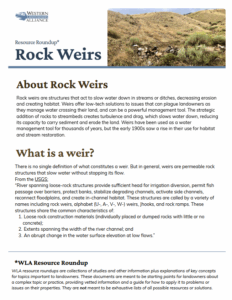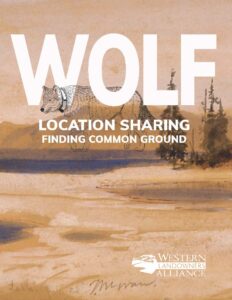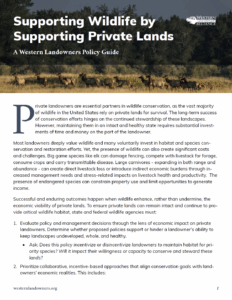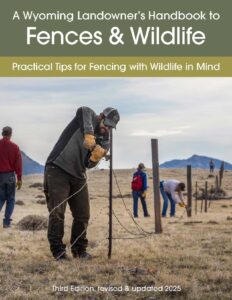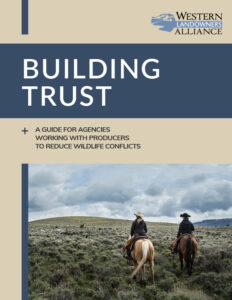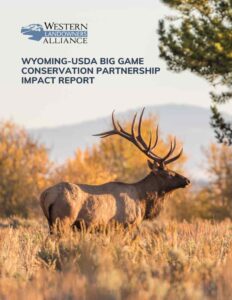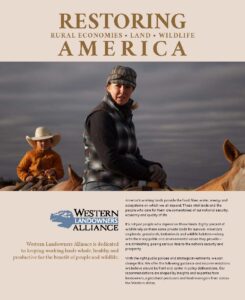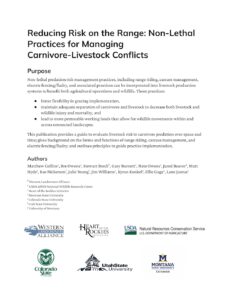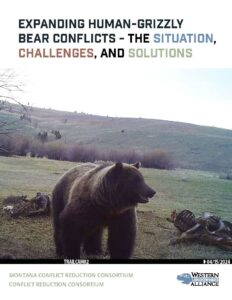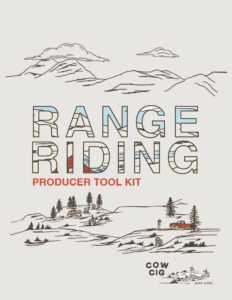PUBLICATION
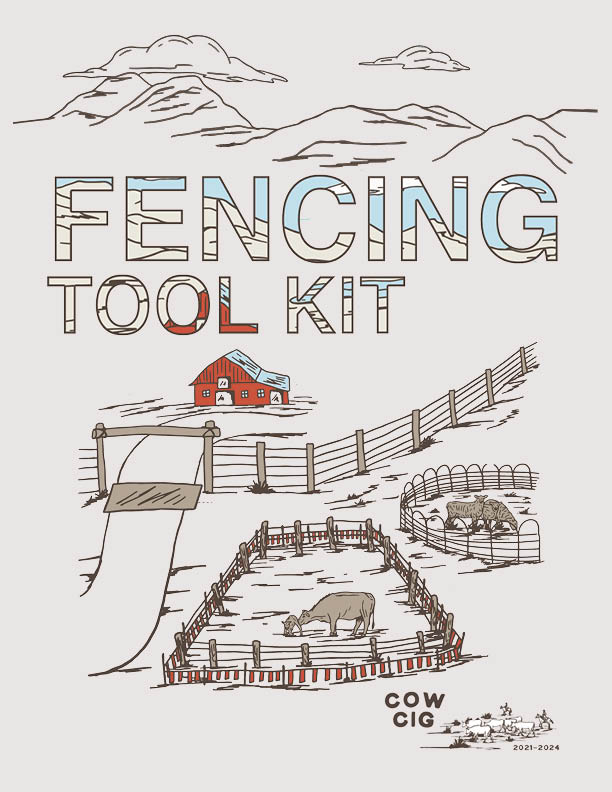
Authors: Matthew Collins, Lane Justus, Matthew Hyde, Russell Talmo, Breanna Owens, Alex Few, Jared Beaver
Staff contact
Publication Date
Electric Fencing Producer Tool Kit
Fencing, turbo fladry and electric drive over mats are tools that can be used to deter conflict through exclusion of large carnivores and/or containment of livestock. These temporary, semi-permanent or permanent barriers, while effective to reduce conflict with carnivores if implemented appropriately, come with challenges and limitations. This document details a set of considerations for implementation, backed by real life case studies. Understanding these considerations and how they fit with existing production systems and landscapes will ultimately make for more effective implementation.
Within this toolkit, we share information on four of the most promising forms of fencing and other barriers to reduce conflict with large carnivores: electrified netting for night pens, turbo fladry, 5- and 4-wire electric fences, and electric drive-over mats. This guide includes case studies that highlight lessons learned through implementation and continued maintenance on ranches in Oregon and Montana. Each facet of this toolkit draws from a co-production process, including meetings amongst landowners, livestock producers, Tribal members, wildlife biologists, researchers, staff representing partner organizations and federal and state agencies. It coalesces years of knowledge and experience gained on the land through carnivore-livestock conflict management and research and is intended to serve as a guide for livestock producers, and other partners in stewarding landscapes shared by people, livestock, and wildlife.
The Western Landowners Alliance and the authors reserve all copyrights on publications posted on our website unless otherwise noted. Please contact us for reprints or for special use requests.
Browse our Library
Never miss a new publication or resource from Western Landowners Alliance.
It's important to be prepared for what's in front of you. Western Landowners Alliance produces vital resources from and for landowners on topics as critical and varied as public policy, economics, and stewardship best practices. Subscribe to our email list to ensure you are always in the loop.
GET UPDATES DELIVERED TO YOUR INBOX
* We don’t share your personal info with anyone. Check out our Privacy Policy for more information.
©2025 Western Landowners Alliance • PO BOX 27798, Denver, CO 80227 • 505.466.1495
Western Landowners Alliance is a 501 (c)(3) non-profit recognized by the IRS.
Tax ID: 46-1346488
